When you think of the illegal smuggling game, you would normally think of illegal substances being the product coming to and from the border. However, there are many goods and animals that come through into the various countries just as much as the infamous substances we all hear about. The black market is the reason for these dealing, as the price of these goods is very high and makes it very hard to turn down.
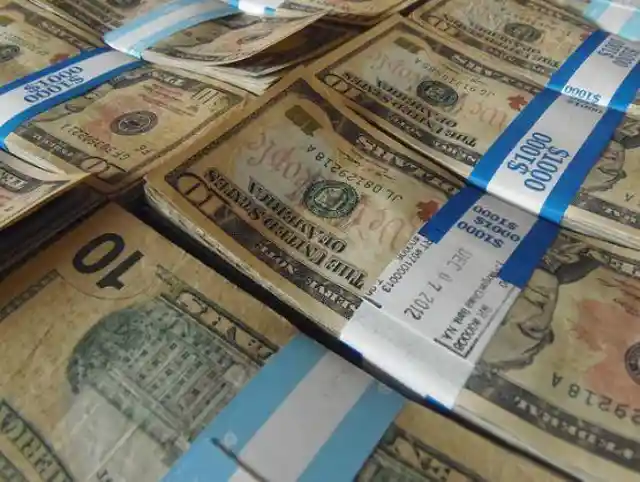
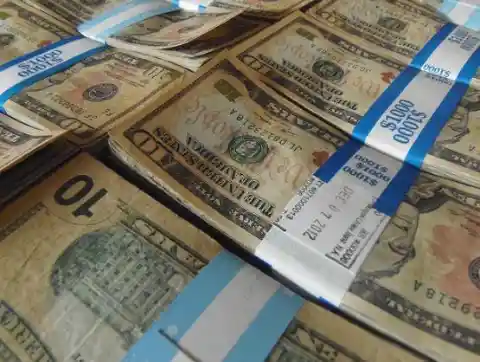
Border patrol in Laos in South East Asia, stopped a man trying to enter Thailand. The officials were not after the man but rather what he was carrying as his cargo - 12 red crates. As soon as they opened the crates they were totally thrown by what they saw, they thought they would see goods of some sort, but never this...
The man coming into Thailand was arriving by boat into the country. The officials who stopped him thought he was acting rather suspiciously and his cargo was more so. The Thai officials stepped into the boat and went to the dozen red crates that the man had in his possession.
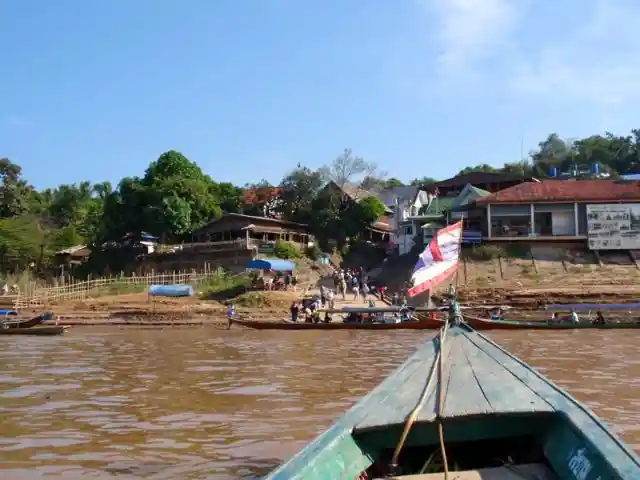
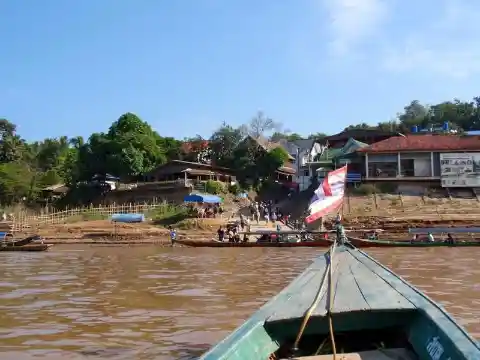
They wanted to check it out and see if their suspicions were valid. Not only would they be valid but they never could have guessed what the crates were actually carrying.
As soon as the officials decided that this man was not coming into their country innocently, they put him in an interrogation room and confiscated the red crates in order to see what was inside of them. Normally they would expect goods or substances to be in such situations, but this was going to be much more unusual.
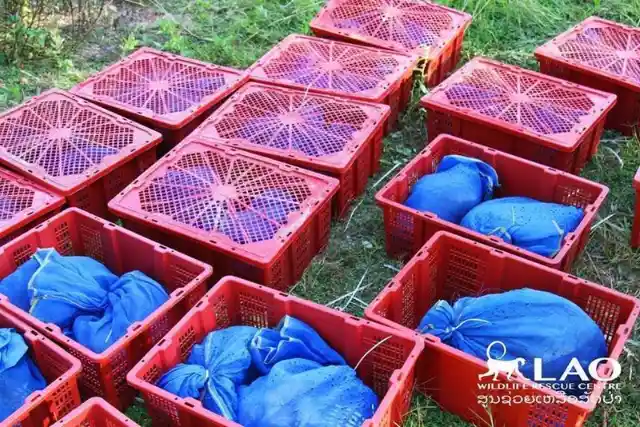
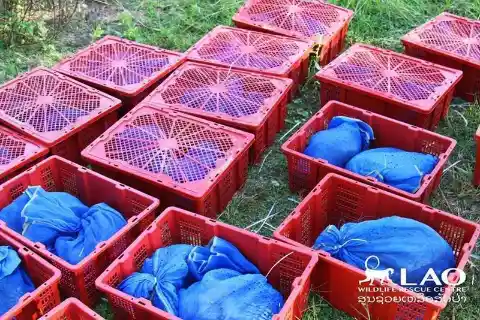
There were 12 red crates, inside each one was one to two blue bags that were tied at the top.
The officials were about to open the blue burlap bags when they noticed that they were moving! The bag was thick so the men could not see what was inside of the bag but knew that it was something living considering the fact that goods do not tend to move on their own.
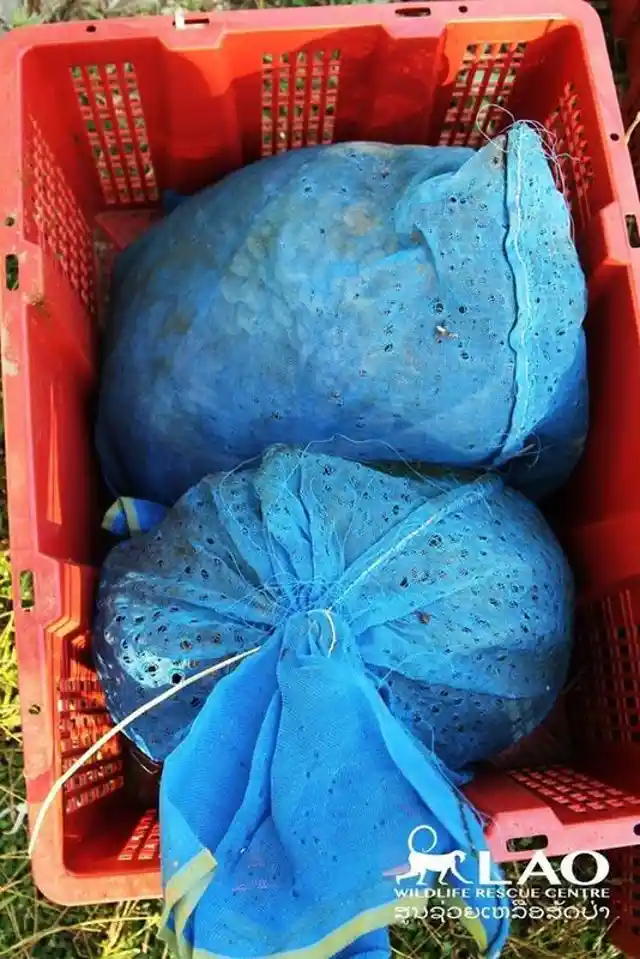
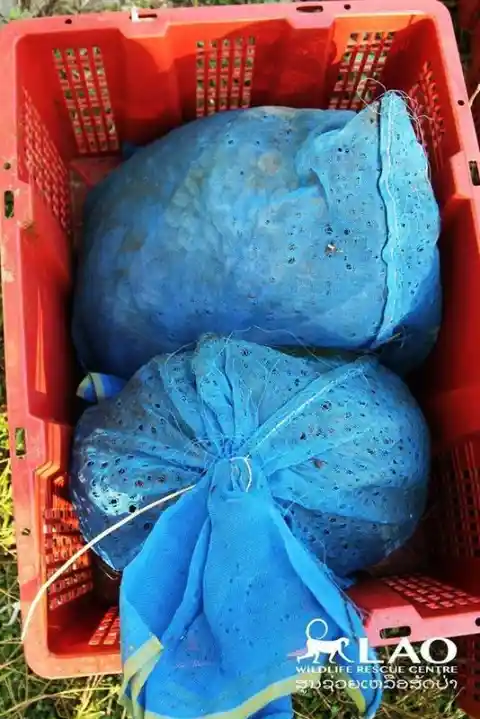
They were undoing the first bag. When they looked into it their jaws dropped.
The men undid one of the bags and found a little pangolin inside! Inside the 12 crates there were a total of no less than 81 pangolins that were being brought into the country illegally. They were all different sizes and ages.
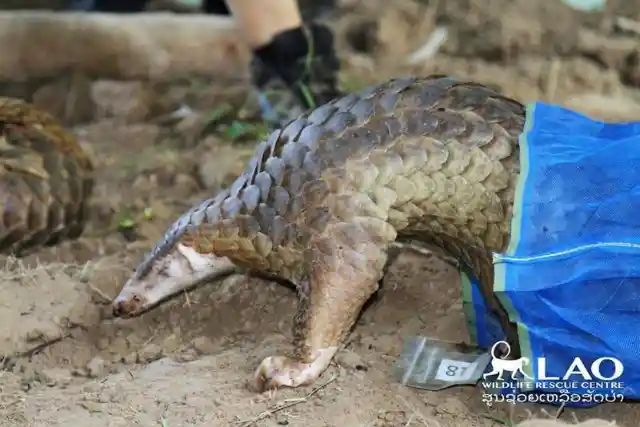
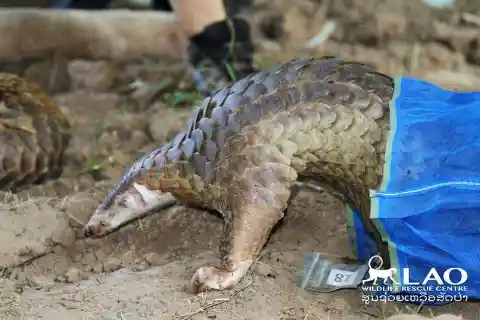
Pangolins are actually one of the most highly trafficked animal on the globe. The man bringing the animals into the country was about to make a lot of money once he had crossed into Thailand.
It is no secret that illegal wildlife trade is a bustling business around the world. Sometimes it is not the animal itself that is wanted, but their horns or tusks.
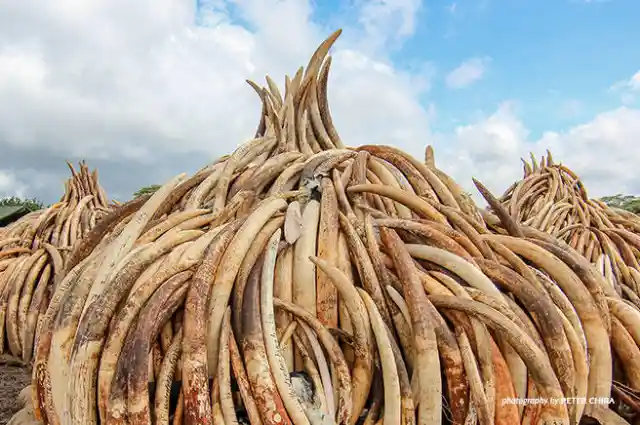
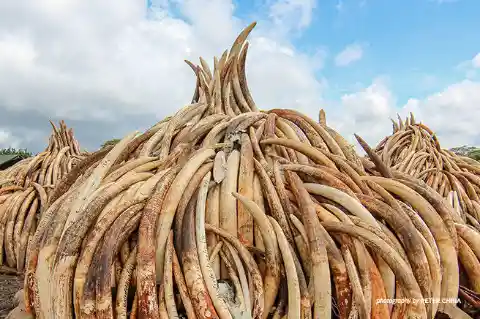
Here we see elephant tusks that were removed from the animal and sold for their ivory. This is illegal across African nations yet poachers do not seem to mind and find a way to get their hands on the precious commodity.
In case you were wondering, pangolins are little mamas that look like a role-poly, as you can see here in the photo. They are indigenous to Asia and Africa. The pangolins roll into their ball shape when they feel afraid or threatened by something or someone.
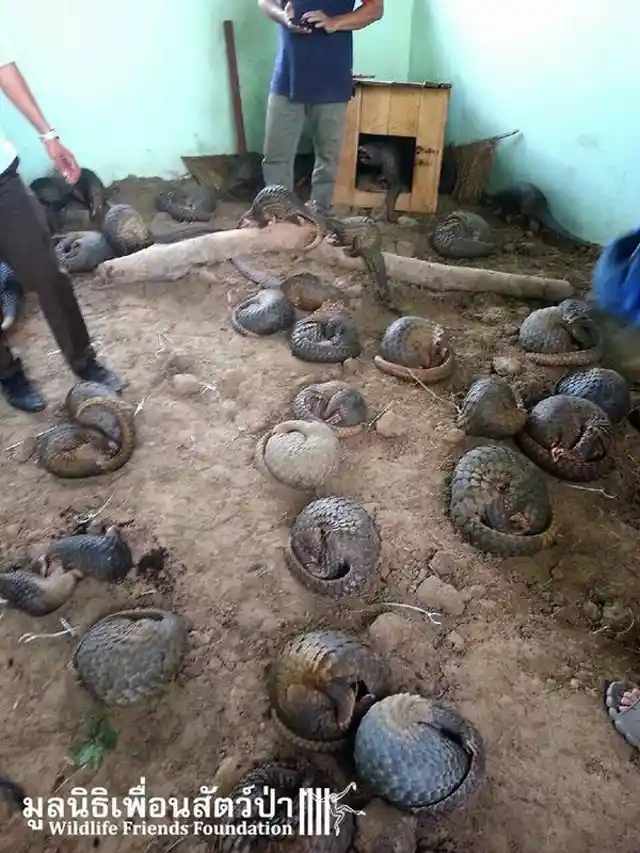
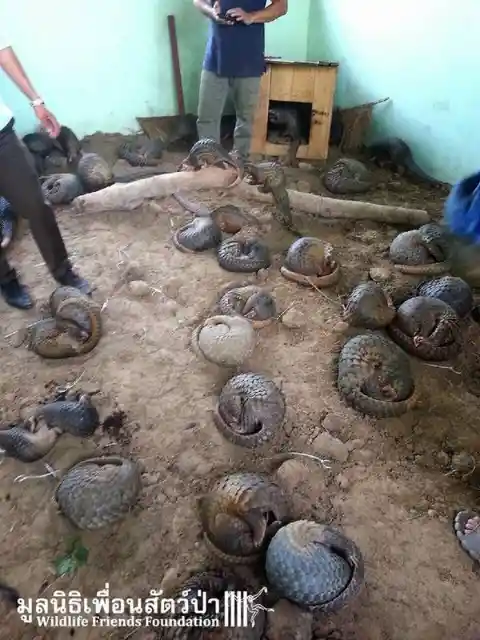
Their skin is made up of very hard keratin scales that protects them. Pangolins are a part of the same family as armadillos and anteaters.
So what does a pangolin eat? Mostly termites and insects.
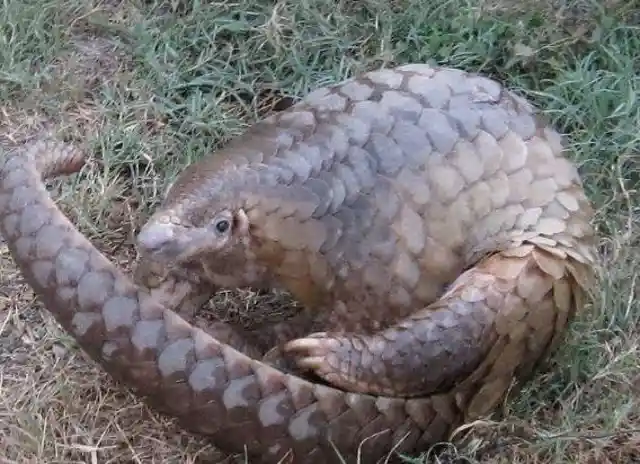
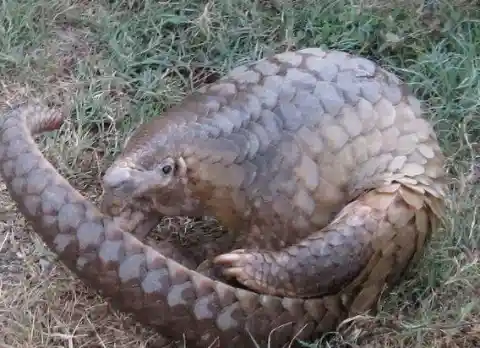
These sweet animals are harmless to most other creatures and like to keep to themselves as much as possible. However, their skins fetch a high price on the black market, making them a target for trafficking and a huge commodity for those seeking to make a profit on the black market.
The defenseless animals were taken and placed into the burlap sacks and onto the mans boat for what officials think was weeks. When they got to them, one of the pangolins had died from the conditions that they were in.
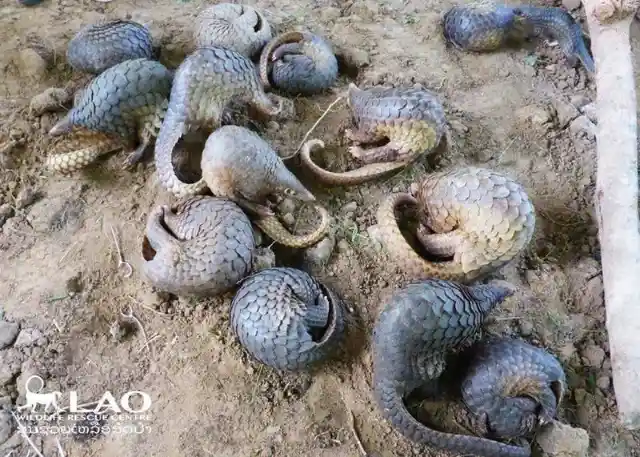
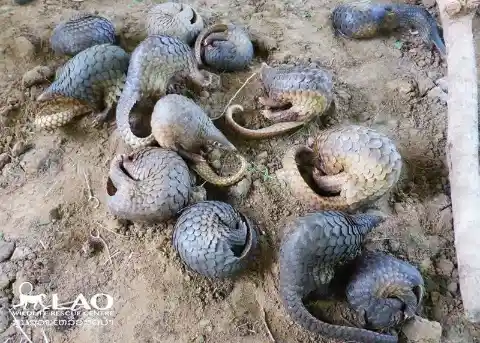
80 others were found alive and were being taken care of by the Wildlife Friends Foundation Thailand. They needed to work fast to save these animals as the weeks in captivity had done a lot of damage to them.
PETA's website states: "When people succumb to the temptation to purchase “exotic” animals such as hedgehogs, macaws, lizards, and monkeys—even tigers and bears—from stores, auctions, or the Internet in order to keep them as “pets,” it often leads to pain and death for these animals, who can easily suffer from malnutrition, loneliness, and the overwhelming stress of confinement to an unnatural and uncomfortable environment.
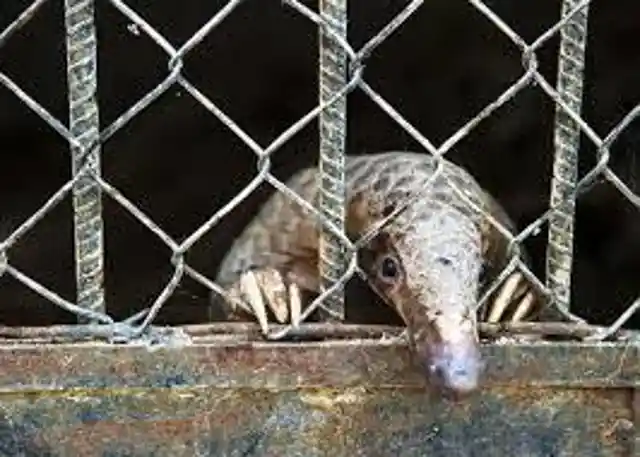
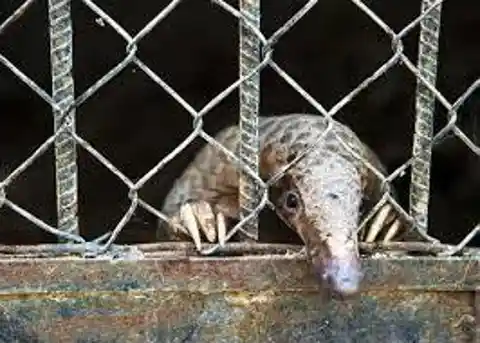
The exotic animal trade is also deadly for animals we don’t see: For every animal who makes it to the store or the auction, countless others die along the way."
These poor little pangolins were thought to have been brought to Thailand in order to eventually arrive in China where they would be sold on the black market for their meat and strong scaly skin. Pangolins are harder to catch than you would think, meaning their price is high.
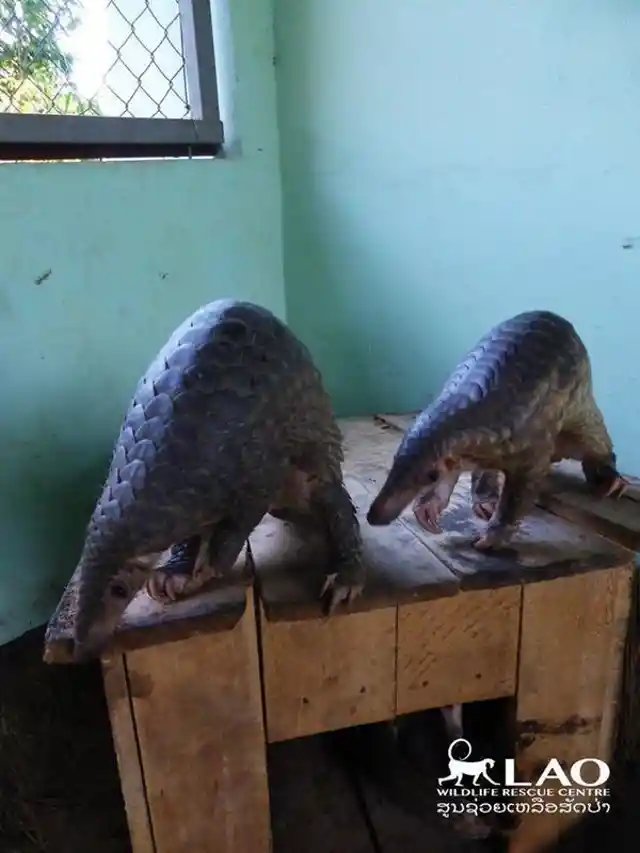
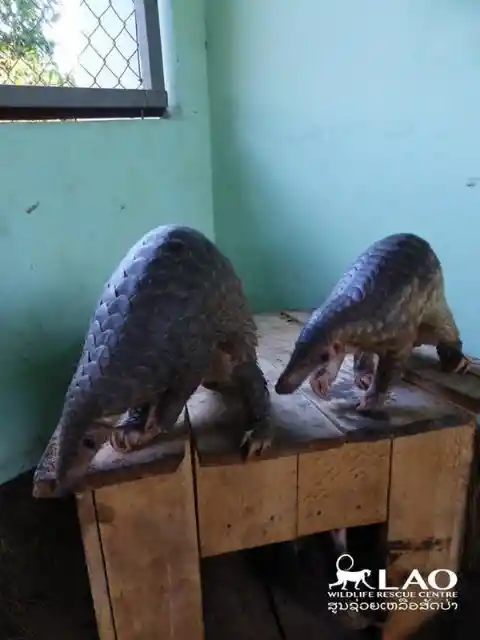
The poacher who captures these animals is said to be rewarded very handsomely for them.
Pangolins are very delicate creatures. If their stress level gets too high it can be their cause of death. The fact the 80 of them survived weeks in horrific conditions is nothing short of a miracle.
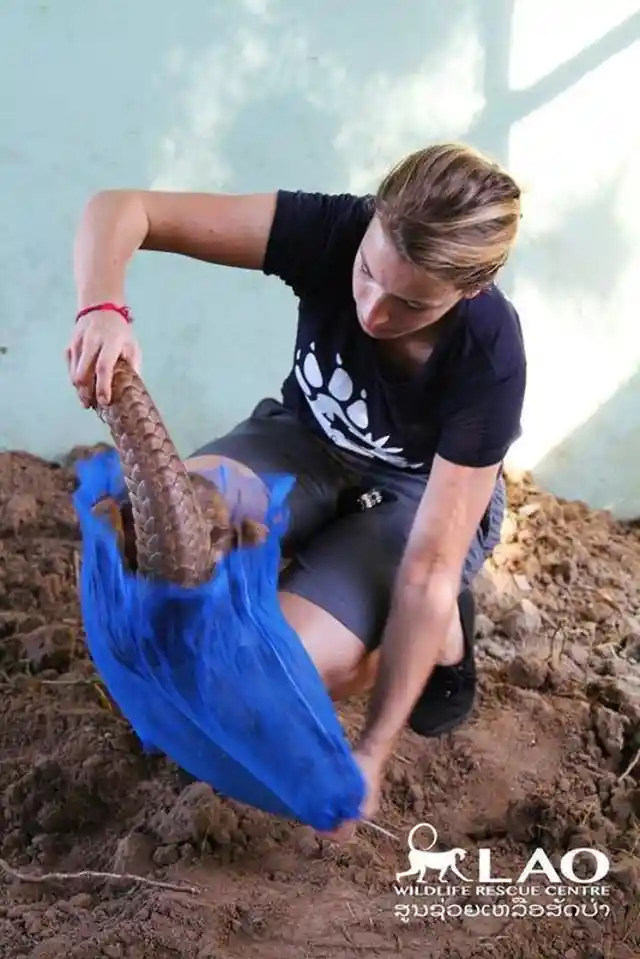
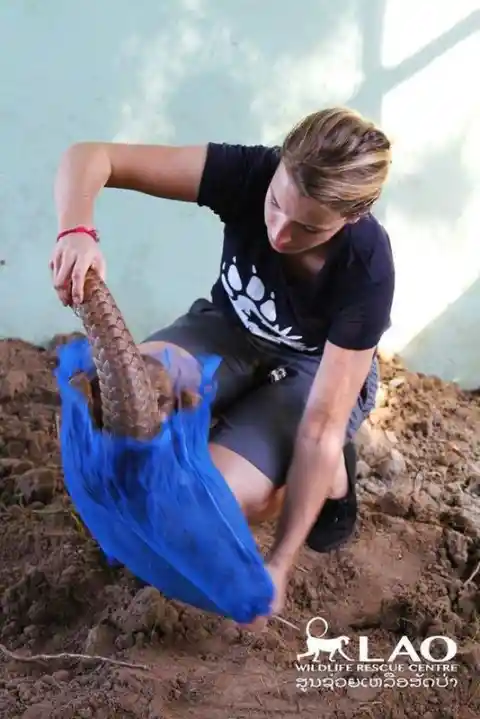
The stress on the way to Thailand would have normally had several more perish from their anxiety as they are such anxious creatures. Now they are being cared for and nursed back to health.
Human trafficking is obviously frowned upon, but animal trafficking is somehow more acceptable in society as it is labeled in a different way making it hard for consumers to understand the path that these animals go through to get to where they are when consumers are seeing them. The animals often go through long weeks of travel, minimal food, and no care whatsoever.
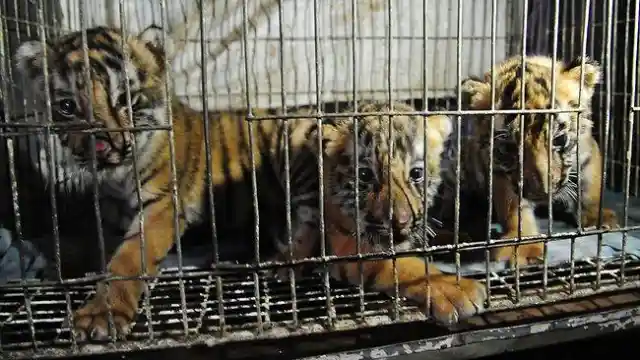
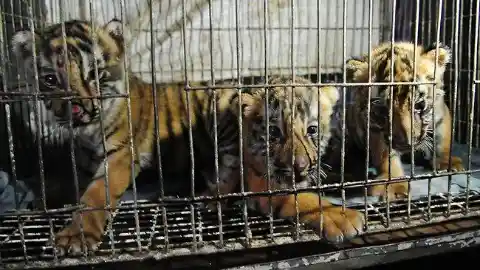
These tiger cubs were brought to the United States and taken at the border.
Due to the fact that these creatures are so sought after on the black market, there are fewer and fewer of them every year. Over the last 20 years, 80% of the pangolin population has been wiped out.
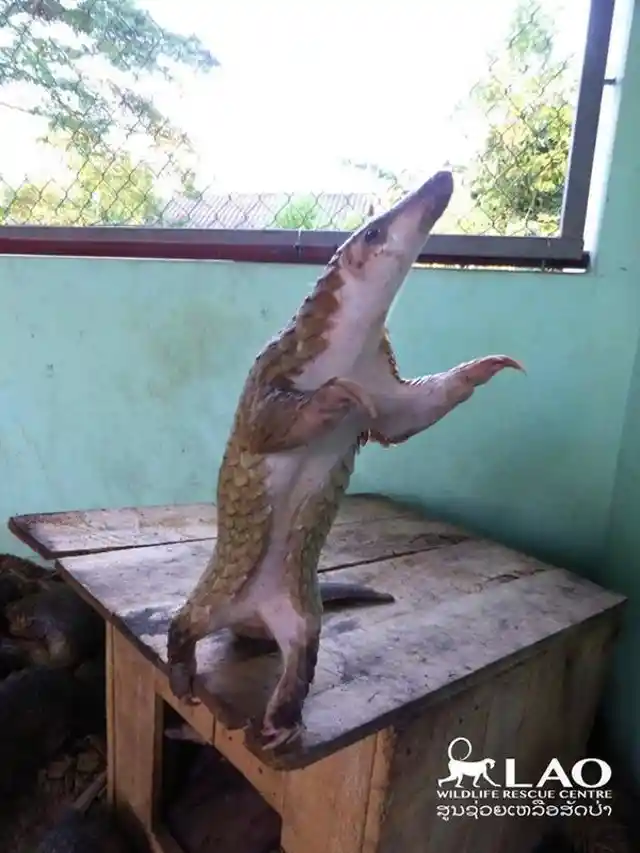
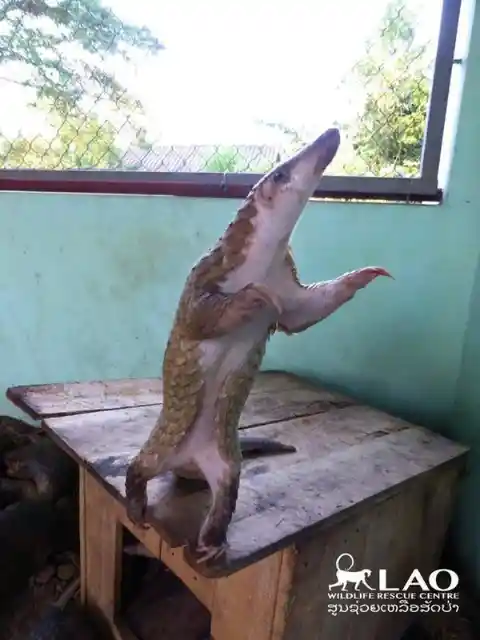
Poachers do not seem to mind that they are essentially causing the extinction of an entire species and are continuing to kill them for their hefty price on the black market.
The fact that they are growing more and more endangered makes the discovery of these 80 pangolins that much more wonderful. The trafficking of animals happens all too often in the world and it is not usually a discovery that the authorities make, especially not when the animal is still alive.
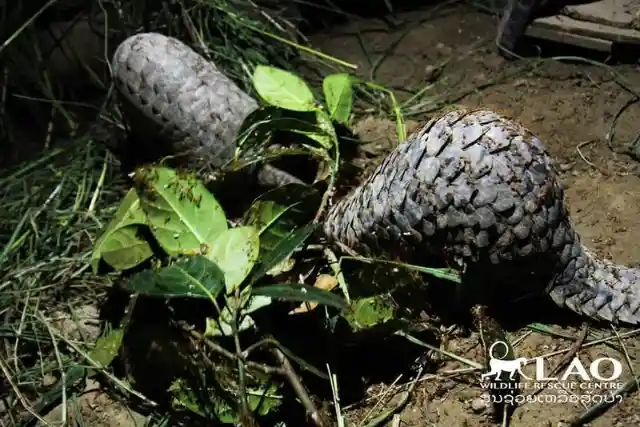
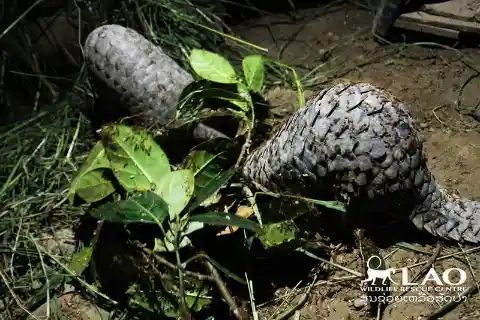
This was a huge find and successful day for the Thai authorities.
The Global Park Defense System (GPDS) were vital in the rescue mission of these two monkeys. GPDS has camera all over the park that the monkeys lived in.
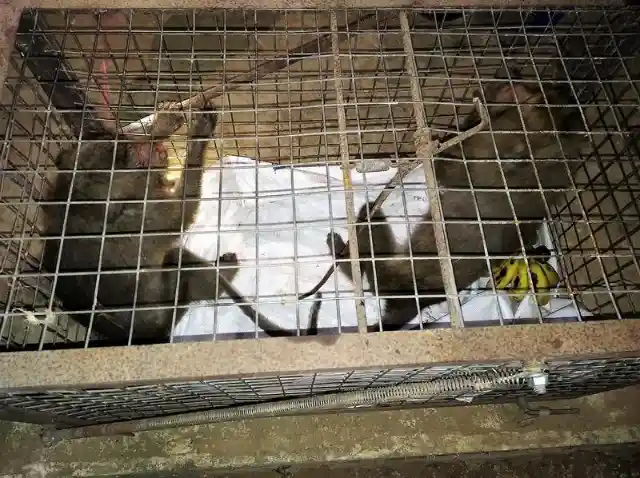
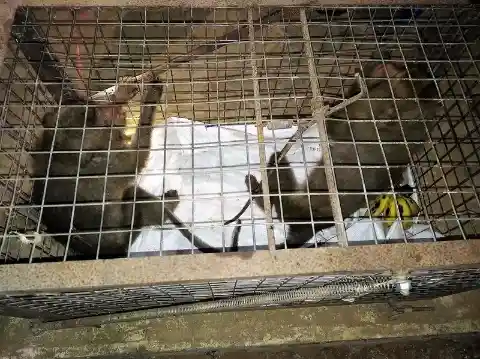
These camera were placed there to safeguard the animals, and they did just that when the poacher was caught on camera trying to take the monkeys out and place them in the illegal wildlife trade system.
While 80 of the 81 pangolins survived the weeks in captivity, only 48 of those 80 survived the ordeal altogether. This was a much lower number than the authorities and wildlife foundation wanted, but they are looking at the glass half full and are seeing the 48 survivors thriving and doing very well in their sanctuary.
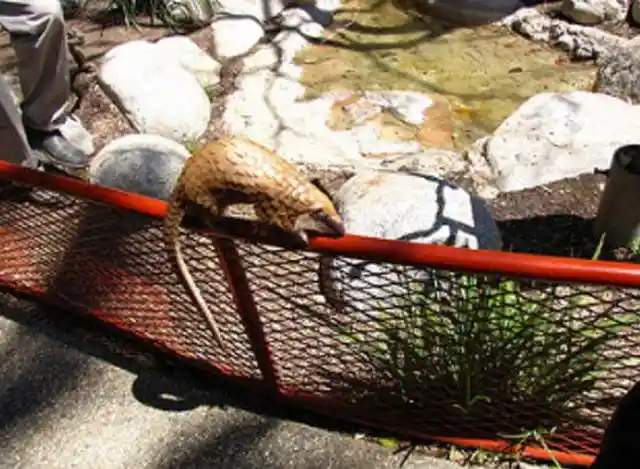
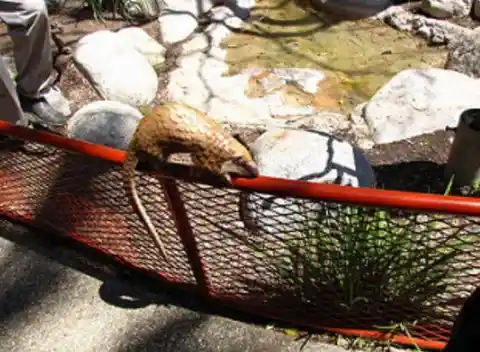
They will never have to fear being trafficked.
The surviving pangolins were eventually taken to a local national park where they will live together for the duration of their lives. They were treated for their trauma and have since moved on to greener pastures, literally.
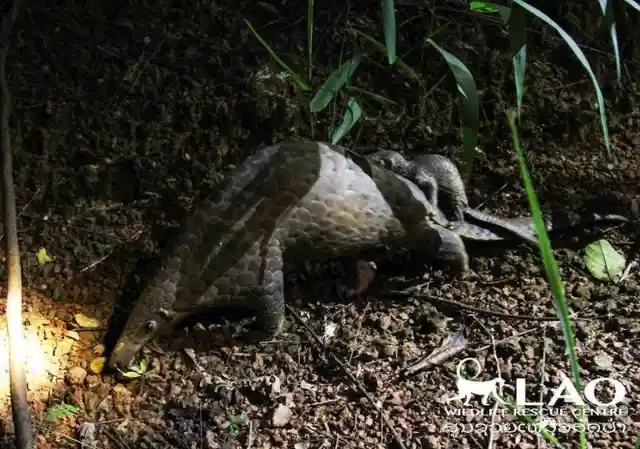
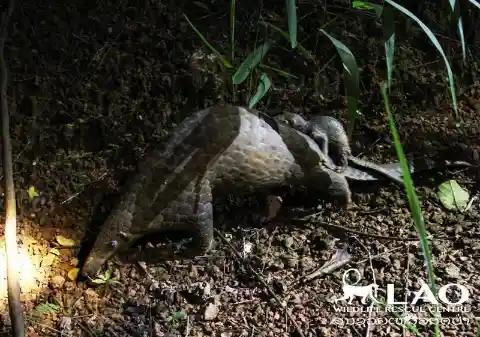
The Wildlife Friend Foundation Thailand went above and beyond to make sure that there pangolins got their happily every after and want to remind the public that there are many more animals out there who need us.
In Brazil, for example, it is very common for animals to be caught at the border. So far, the authorities have caught over 12,000 animals trying to leave their border.
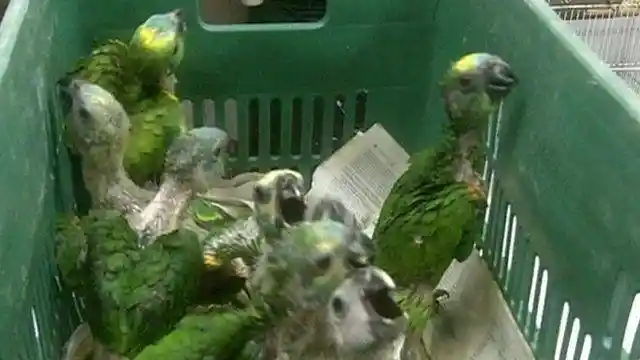
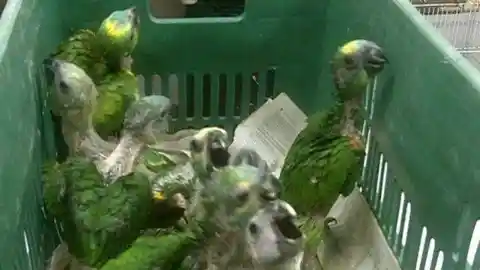
These parrot chicks are just one of the many species of exotic animals who were to be sold on the black market to the highest bidder.